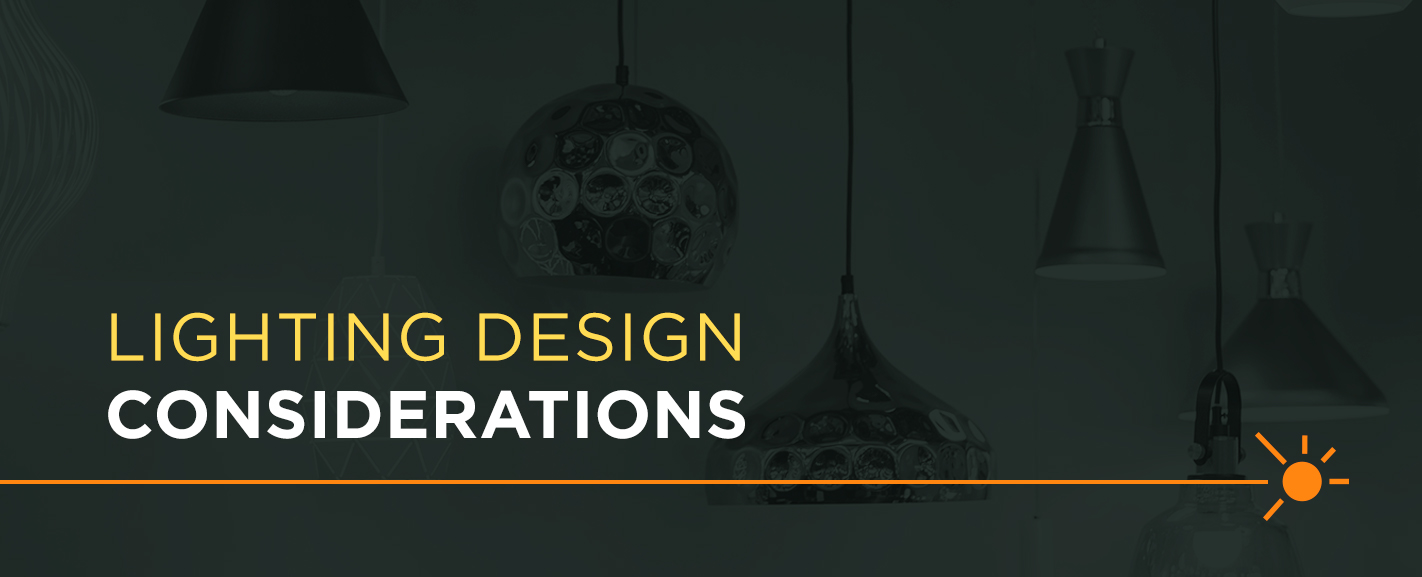
A poorly lit workspace can diminish even the most beautifully constructed offices. Lighting levels are a vital component of any workspace, as they can influence productivity, focus and the opinions of guests and staff. By learning some of the principles and guidelines of lighting design, you can more readily outfit your facilities with lights that promote an efficient place of business.
If you’ve ever taken a meeting in a poorly lit room or tried to work in an office with harsh, flickering overhead lighting, you know the difficulties of trying to focus in such an environment. Lights can make or break the productivity of an entire office, and if your building is still running on outdated, harsh or inadequate lighting, you may be giving off the wrong impression to your visitors. Your lighting influences the face of a company, and if you want people to see you as a modern, progressive business, you need lighting design concepts that reflect those values.
10 Lighting Design Considerations and Concepts
Lights can seem like a simple decision if you don’t overthink it, but when you consider all of the different factors that go into making a workspace well-lit, you see just how complicated the process may be. Here are a few lighting design considerations and concepts to consider when choosing office lighting:
- Light Distribution and Brightness
- Conservation of Energy
- The Appearance of the Space and Luminaires
- Glare
- The Appearance of Color
- Lighting Control and Flexibility
- Lighting of Faces
- Cost of Implementation
- Installation
- Maintenance
1. Light Distribution and Brightness
Daylight is a fantastic resource, but you’ll have to think about how it will interact with the artificial light inside your building. One study conducted by Alan Hedge of Cornell showed that workers in office environments with optimized natural light saw an 84% decrease in symptoms of eyestrain, blurred vision and headaches. These are all symptoms that detract from productivity. So does that mean you should get rid of all the artificial lighting and just install giant windows? Not exactly. Windows are definitely a worthwhile design choice, but you also have to account for the adverse effects of natural light. These include:
- Varying amounts of cloud cover or inclement weather that reduce the amount of light available
- Unwanted heat output driving up the temperature in certain areas, causing inconsistency throughout the office and “thermostat wars”
- Glare on computer screens or workspaces, making it difficult or uncomfortable to get work done
One approach is to install optimized windows that can adjust tint and adapt to reduce glare. These windows offer the satisfaction and productivity benefits of natural light while combating the issues that make it challenging to use in an office space.
Other problems with light distribution include accent or task lights that interact with the ambient light you’ve chosen for the room. Some of these can cause glare, particularly across computer screens, or they can be used to add sufficient light to a dim room. However you use them, you’ll have to be aware of the way that they influence other light in the area.
Another consideration for light distribution and brightness is exterior lighting and security. Exterior lighting must be photometrically designed to be above ILP Security standards. This aids the night time safety and security of employees working at 24/7 facilities such as healthcare buildings.
Learn About Our LED Lighting Solutions
2. Energy Conservation
Many older lighting design types, like incandescents and fluorescents, consume comparatively huge amounts of energy. In traditional incandescent bulbs, 90% of the energy they emit is given off as heat, making them a very wasteful option. Changing bulb types to more efficient LEDs can be one of the best ways to save energy, which is good for both the environment and your bottom line. LED stands for light-emitting diodes, and they work through a process called electroluminescence, which generates light as an electric current passes through a semiconductor material.
LED bulbs have several benefits that make them the ideal choice for an office environment. They are:
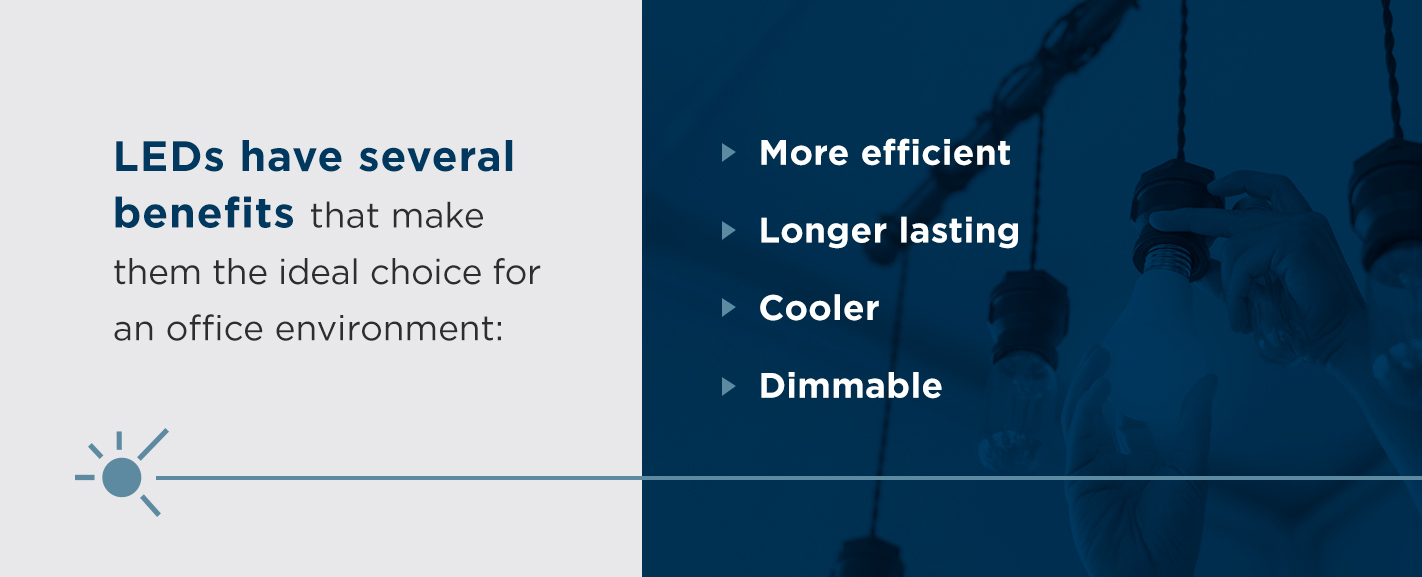
- More efficient: LEDs can use anywhere from 25 to 80% less energy than their incandescent counterparts. These savings offer significant reductions in operational costs. Compare the annual energy cost for a lightbulb used for two hours a day at 11 cents per kilowatt-hour. For a 60-watt traditional incandescent, the yearly energy cost is $4.80, but a 12W LED would only cost $1.00.
- Longer lasting: LED lights also save money through replacements. They can last up to 25 times longer than traditional incandescents, which also reduces maintenance needs.
- Cooler: With a lower heat output, these lights are safer and help you maintain your desired temperature without added warmth.
- Dimmable: Colors are varied and flexible, allowing for lighting fixtures that can adapt to your needs. The color rendition of LED bulbs is excellent, so your office can look just how you intended.
You may need to update some fixtures to work with these energy-efficient options, but it is a worthy investment that SitelogIQ can help you with. Don’t forget that using natural light can help reduce your dependency on indoor lighting in the first place.
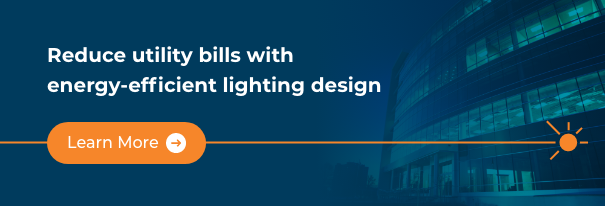
3. The Appearance of the Space and Luminaires
With all this talk of efficiency and light interactions, we can’t forget about the physical appearance of the light fixtures. Lighting design types should be aesthetically pleasing and match the feel of the office space. Luminaires refer to different light fixtures and include recessed fixtures, direct and indirect pendants, under-cabinet lighting, wall wash lights, sconces, and task lighting, among others. Effective luminaire combinations can create expertly lit areas.
Though highly functional, lights are still items that take up space and can, therefore, be decorative statements too. A floor lamp or pendant could be a unique piece of art that adds character and charm to the space. On the other hand, lights can be hidden or recessed, so they feel natural and unobtrusive. You’ll have to consider how you want your fixtures to look and what impact that will have on the environment.
4. Glare
There are a few different types of glare, including direct and reflective glares. Direct glare refers to the view of a light, typically in high contrast to its surroundings. Lamps and sunlight can cause it. Reflective glare is a little more challenging to deal with, as it comes from items we work with, like glossy paper, desks, and computer screens. Reflective glare means you’ll need to consider the surface colors in the room as well as the diffusion of the light. Matte walls and surfaces may help to reduce reflection glare, while indirect lighting can help reduce glare from the lights themselves.
Creating glare-free workspaces is a complicated undertaking, but the experts at SitelogIQ are well-versed in this task and can make necessary suggestions. Glare control is particularly important in an office environment, as it can distract people from their work in a place where focus is vital.
5. The Appearance of Color
If you ask people what color a lightbulb emits, many of them will say “white,” but there is actually much more to the color of light than that. White light has a color temperature measured in Kelvins. The Kelvin scale measures black body radiation. Oddly enough, what we consider to be warm colors, like reddish hues, are lower in temperatures, and cool colors, such as blue, are higher in temperature. Below is the typical range of color temperatures.
- Warm: 2700K to 3500K. This range would include the color of a sunset.
- Neutral: Around 4000K.
- Cool: Above 4700K. This color resembles a bright, sunny day.
These different color temperatures can have varying physiological effects on people. Warm lights, for instance, are cozier, and often make people eat more, so they are used in restaurants, but could also work well in a break room or lobby. Cool colors, on the other hand, mimic natural daylight more closely. Remember all those benefits that workers get from natural light? They apply to cool lights too. They can increase the productivity and serotonin levels of workers, helping to boost the efficiency of the entire office.
6. Lighting Control and Flexibility
With a comprehensive lighting system, you may need a little more than a light switch to control them all, especially if you are using smart options with motion sensors or automatic responses. Many modern systems can work wirelessly, which is especially beneficial for retrofitting or for buildings with hard-to-wire areas. Wireless controls can be placed almost anywhere and moved or expanded as needed.

One common lighting control method is to install occupancy sensors that will automatically turn on your lights when employees are present. This approach saves energy since it turns off when not in use and even offers hands-free activation.
Another type of sensor that is particularly useful for locations with heavy daylighting is a photosensor. You can use photosensors to detect the amount of light present in an area and adjust or dim the lights accordingly. Sensors can go on walls, ceilings, or within lights and vary in size.
In recent years, the ability to change a light’s color has also become an option. You can change the temperature of white light or even add bold colors if you want.
By implementing a light design with flexibility in mind, you allow yourself to adapt and change the environment at will. You can reduce glare or adjust the brightness to match different functions, such as watching a presentation on a screen or hosting a meeting. Some employees may feel more awake with blue light, while designers might need dim lights to see their computer screens better. Allowing them to adjust their lights as they see fit can help improve employee satisfaction and productivity.
7. Lighting of Faces
Lights influence more than just the bright parts of an office — they also affect the dark parts. Some styles of lighting options increase the presence of shadows and offer themselves to dramatic lighting. We can thank directional lights for these three-dimensional effects.
Diffused light creates even coverage that is mostly free of shadows. While it may be visually relaxing, a lack of shadows can lead to difficulty identifying edges and changes to a surface. It removes distinction in a figure. Blending direct and indirect light can offer even ambient lighting with direct highlights to certain areas of the room, like a presentation space.
Some places in an office need more definition than others. In a meeting, for example, it helps to clearly see the face of the person presenting and the information they need to show you. In museums, points of interest may receive up to 10 times the ambient light level to highlight the item. Notable features or displays may require extra lighting in your facility, as well. Consider where you need clearly defined lighting when developing an office space.
8. Cost of Implementation
While you consider overhauling an entire lighting system, the associated costs surely haven’t escaped your mind. Some of the costs involved include:

- Equipment
- Installation
- Design
- Maintenance
- Energy
- Environment
One benefit of hiring a lighting design company like SitelogIQ is the cost savings it offers due to an all-in-one strategy. Whether you want to increase the use of daylight or install intelligent lighting options throughout a facility, SitelogIQ can take care of everything with a turnkey approach. Our expert team can help you find the ideal combination of efficiency and savings and find low-cost options that save you money. We start by identifying ways to minimize waste and find opportunities for high returns on investment.
We know energy, and we can maximize energy savings, lowering operational and maintenance costs. We can also find rebates and other benefits that apply to a facility. Our consultations help us develop personalized plans to calculate and meet the needs of your business with professional design services. Our services don’t end after installation either, as we provide energy benchmarking, utility rate analysis and optimization, and custom energy dashboards to keep your system running effectively.
9. Installation
The installation process can vary widely, but one thing is for sure — if you opt to organize your lighting system yourself, you’ll need an electrician and maybe a contractor too. That means searching for qualified workers and the best rates. By using a turnkey energy service provider, you can pass up on this part of the process and focus instead on keeping your business moving smoothly.
10. Maintenance
To get the most out of your light system, you’ll need to maintain it properly. For some light options, maintenance is no more complicated than taking out a bulb and replacing it once it has become dim or gone out. Others require the expertise of specially trained professionals, including IT personnel and electricians, to care for them correctly.
You can cut down on maintenance costs by purchasing equipment that requires less work to keep up with, like LED bulbs, which have longer lifespans.
One other aspect of equipment life to consider is the warranty. SitelogIQ can help you find equipment with long-lasting warranties to ensure it stays working long after we leave the site.
Learn About Our LED Lighting Solutions
Advantages of Lending Project Design Responsibility to the Experts at SitelogIQ
When you leave your project design responsibility to the experts at SitelogIQ, you’ll see a variety of benefits. Professional energy consultants are at your fingertips, ready to help develop your project with years of expertise. It can become overwhelming for managers to have to deal with organizing the various aspects of a good lighting system, but we can handle it instead.
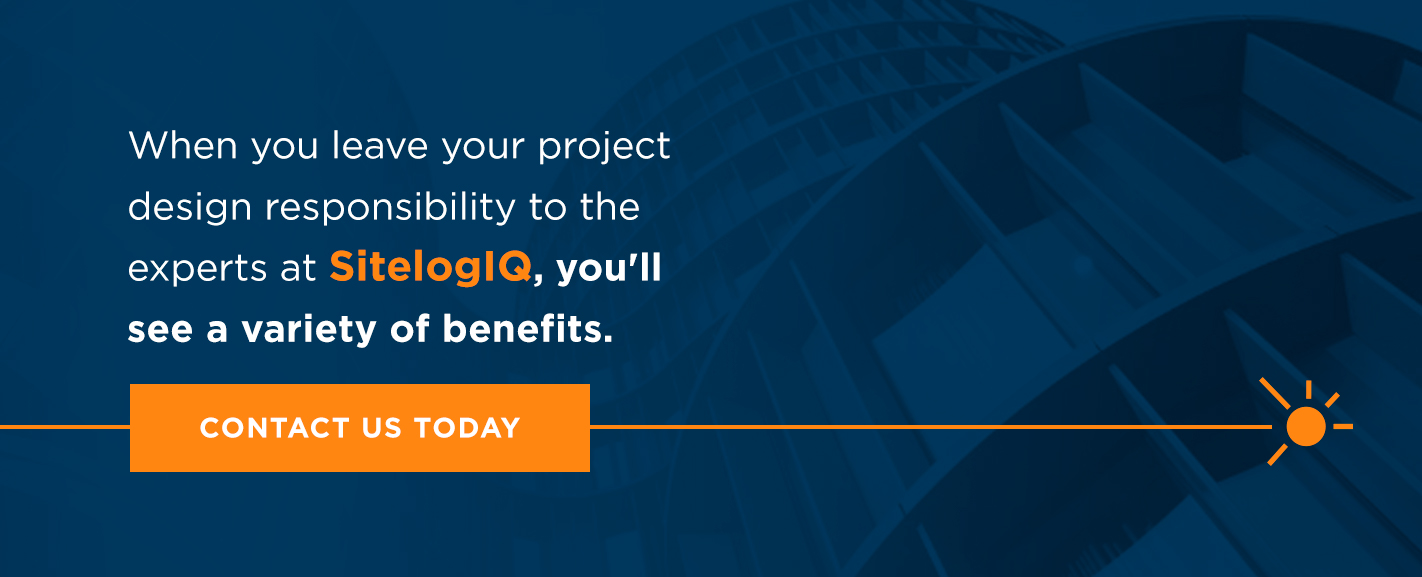
Whether you’re retrofitting an old office, adding LED lighting to your school district or any other light project, our team of professionals can work on the whole process. With turnkey solutions, we can take care of crunching numbers, designing a new setup and installing the equipment, while you spend that time keeping your business running smoothly. To learn more about what a partnership with SitelogIQ entails, check out our commercial lighting solutions.


